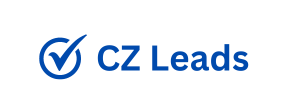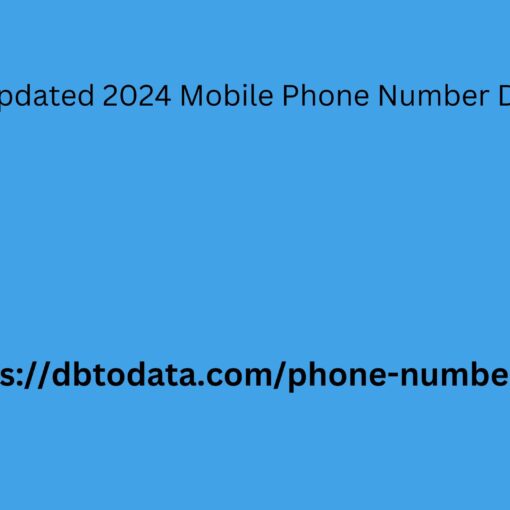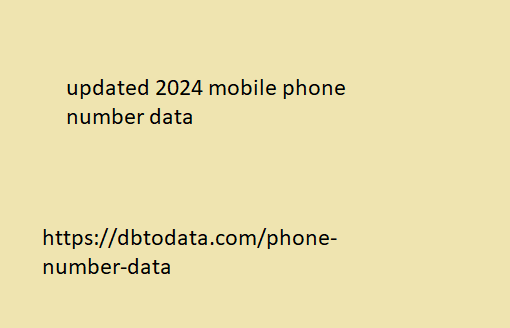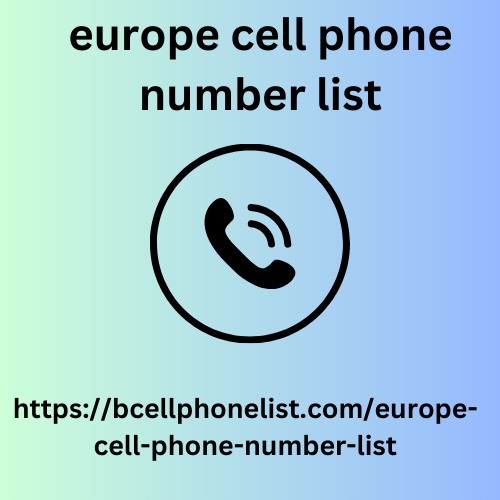What does it mean practically? We realize that what we sell has incrible appeal in cases of high occasional demand (even a few hours) and we take advantage of this by raising its price for the duration of the peak of interest.
In the piazza, this has a popular yet representative characteristic, it is the well-known “grabber”. You will say, take it easy, we have experienc it several times with the prices of fuel or other necessary items.
But things are not exactly like that. It is something completely different, with the only similarity being the ethical complications that can accompany it.
But what is and what is not “surge pricing”?
It can potentially be appli everywhere. More commonly, of course, we find it in intangible products or services, but this is not the rule. The basic condition for it to take place is the very high demand of the product (service) for a limit number of pieces (resources) in a limit period of time.
And in fact, the shorter the availability or the shorter the interval and above all the possibility of it being repeat, the more elusive latest phone number database the “product” becomes and therefore the more effectively the specific model performs.
To define it precisely, to understand the difference and if we avoid any misunderstanding of what is and what is not surge pricing, we will use a case study outside of websites, online stores and the internet world in general, an example from everyday life.
The application of the model and its consequences
So let’s say we $32.474 í apríl – Mánaðarleg tekjuskýrsla mín á netinu have a businessman-theatre owner who puts on different shows from different troupes throughout the year.
Its theater is magnificent, but limit in terms of capacity, only 300 seats.
There are various cases of cn leads application of Surge Pricing in one of the above cases or other analogies thereof. There is no ne to discuss them all, but to see how its application affects the consumer’s impression of the product or service provid.






